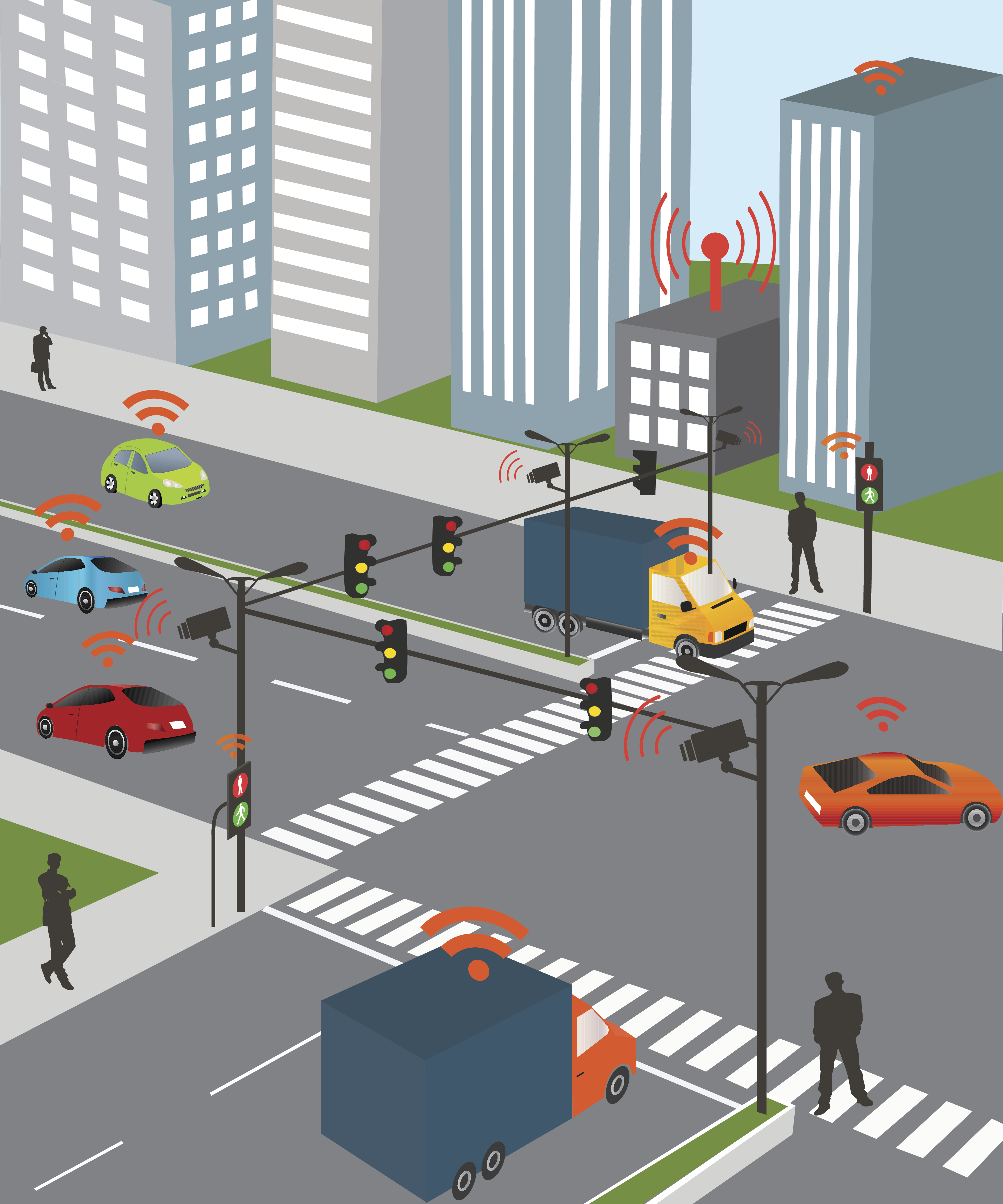 Transportation
Transportation Regional Planning
Regional Planning
Emerging transportation technologies—connected vehicles (CVs); automated vehicles (AVs) and highly automated vehicles (HAVs); unmanned aerial systems, or drones, and electric vertical take-off and landing vehicles—may someday offer opportunities to achieve a range of regional goals, such as increasing job accessibility, lowering transportation costs, enhancing safety and reliability, and reducing energy consumption and GHGs. CVs use licensed wireless networks, cellular technologies, satellite, the internet, and telematics to connect cars, trucks, buses, motorcycles, bicyclists, pedestrians, and infrastructure. AV and HAV systems comprise hardware and software, both remote and on-board, which perform the functions needed to drive a vehicle. Government’s role is to ensure these technologies provide the maximum, equitably distributed public benefits. Local governments can use legal and administrative resources and collaborate across boundaries to prepare for CVs and AVs and related technologies. Pennsylvania’s Act 106 of 2020 legalized personal delivery devices to travel up to 25 miles per hour along road shoulders and up to 12 miles per hour on sidewalks.
- Local Government Checklist: Preparing for HAVs, DVRPC
- Ensuring American Leadership in Automated Vehicle Technologies: Automated Vehicles 4.0
- Automated Vehicles, PennDOT
- Pennsylvania Joint Statewide Connected and Automated Vehicles Strategic Plan, PennDOT
- Connected and Automated Vehicles Toolkit, National Association of Counties
- Preparing Greater Philadelphia for Highly Automated Vehicles, DVRPC
- Sharing Spaces with Robots: The Basics of Personal Delivery Devices, Pedestrian and Bicycle Information Center (2019)
